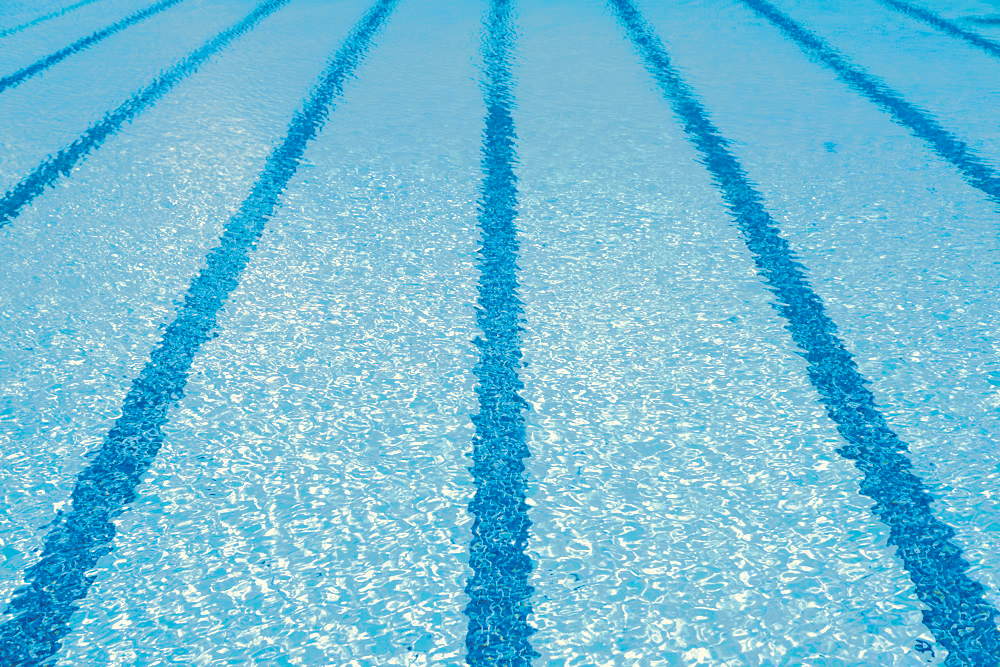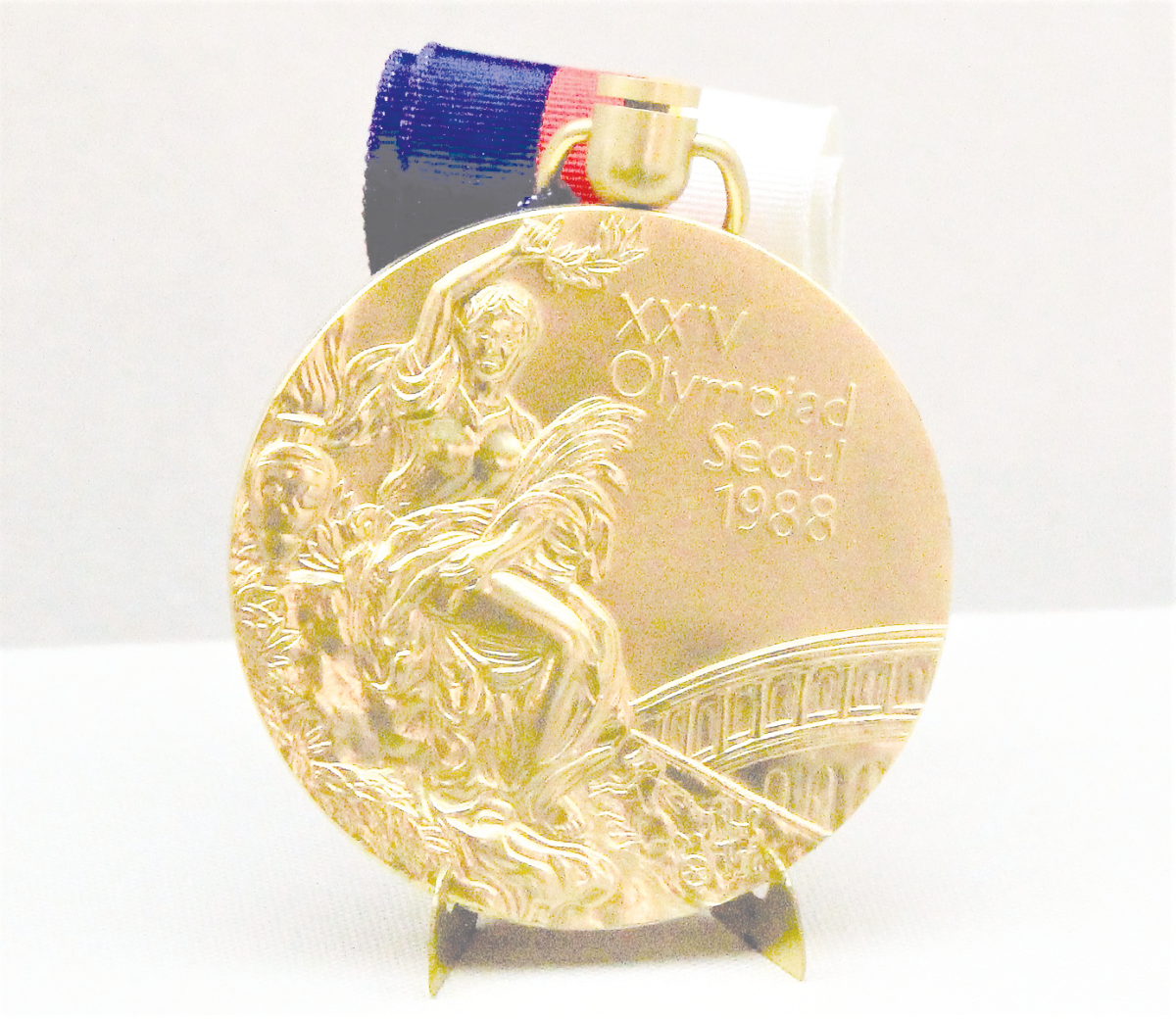Swimming has been believed to have been around since 2500 BC, beginning with the Ancient Egyptians swimming in the Nile for fun while evolving with the Greeks and Romans, who used it as a training tactic for their soldiers. The Greeks and the Romans are also credited with building the first swimming pools, pools that were very different from the more familiar baths already popular throughout most of the world. Most swimming was used to cross lakes and rivers in order to travel. However, modern historians know this because cave paintings from the Stone Age depict swimmers being found in Egyptian caves.
Evidence of competitive racing has been found in Japan, dated around the first century. However, the first ever sporting event held for swimming took place in London in the year 1837. Soon after the first ever swim championship was formed just nine years later in 1846, and the first Olympic swimming event happened in 1896. It is one of the four main sports in the Olympics that has been retained since then, the others being athletics, fencing, and artistic gymnastics.
In the beginning of its time as an Olympic sport, swimming was a male-only sport. Women’s Olympic sports were not introduced until 1912. In swimming, women were only able to compete in the 100m freestyle and the 4x100m freestyle relay.
Before 1908, Olympic swimmers would compete in open waters such as the Mediterranean sea with big waves and harsh weather. The temperatures of the water would reach as low as 13 degrees celsius, or 55 degrees Fahrenheit. However, after the second World War, technology advanced which helped improve the swimming performances of Olympic athletes. One way this was done is through different training techniques. This resulted in faster race times from the swimmers as they did not have to compete with waves and weather as they did before. A change from outdoor to indoor swimming also changed the face of Olympic swimming, which included marked lanes and regulated pool depths, all starting in 1924.
A couple of decades later in the 1950’s and 60’s, new swim strokes were introduced into the world of swimming, including the butterfly stroke which was first used in 1956 at the Melbourne Olympics. Not so long after this in 1968, the number of events that allowed women to participate jumped from 8 to 14. Meanwhile for men, the number of events jumped from 10 to 15.
The most decorated male Olympic swimmer in the modern era is Michael Phelps. Phelps has collected a whopping 28 medals, breaking Mark Spitz’s record of seven first place finishes at one Olympic game. One of the most decorated female swimmers in our modern era is Katie Ledecky, as she holds five Olympic gold medals, 14 world championship gold medals, and 16 world records.
Here’s a few fun facts about swimming to finish this off! The first ever swimming goggles were made from tortoise shells. The oldest stroke is the breastroke. There is enough water in olympic-sized pools to take 9400 baths!






